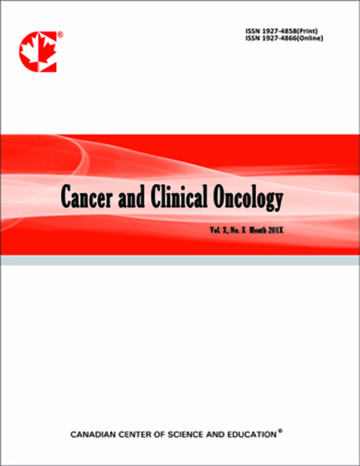Influence of Alternative Tubulin Inhibitors on the Potency of Epirubicin-Immunochemotherapeutic Synthesized with an Ultra Violet Light-Activated Intermediate
- Cody Coyne
- Toni Jones
- Ryan Bear
Abstract
Immunochemotherapeutics, epirubicin-(C3-amide)-SS-[anti-HER2/neu] with an internal disulfide bond, and epirubicin-(C3-amide)-[anti-HER2/neu] were synthesized utilizing succinimidyl 2-[(4,4´-azipentanamido)ethyl]-1,3´-dithioproprionate or succinimidyl 4,4-azipentanoate respectively. Western-blot/chemiluminescent autoradiography analysis was utilized to characterize molecular weight profiles in order to identify evidence of immunoglobulin fragmentation or IgG-IgG polymerization. Retained HER2/neu binding characteristics of epirubicin-(C3-amide)-[anti-HER2/neu] and epirubicin-(C3-amide)-SS-[anti-HER2/neu] were determined by cell-ELISA in mammary adenocarcinoma SKBr-3 monolayer populations that highly over-expresses trophic HER2/neu receptors complexes. Cytotoxic anti-neoplastic potency of epirubicin-(C3-amide)-[anti-HER2/neu] and epirubicin-(C3-amide)-SS-[anti-HER2/neu] between epirubicin-equivalent concentrations of 10-10 M and 10-6 M was determined by measuring cell vitality staining intensity of chemotherapeutic-resistant mammary adenocarcinoma (SKBr-3 cell type). Cytotoxic anti-neoplastic potency of benzimidazoles (albendazole, flubendazole, membendazole) and griseofulvin were assessed between 0-to-2 mg/ml and 0-to-100 mg/ml respectively while mebendazole and griseofulvin were analyzed at fixed concentrations of 0.35 mg/ml and 35 mg/ml respectively in combination with gradient concentrations of epirubicin-(C3-amide)-[anti-HER2/neu] and epirubicin-(C3-amide)-SS-[anti-HER2/neu].
Cytotoxic anti-neoplastic potency for epirubicin-(C3-amide)-[anti-HER2/neu] and epirubicin-(C3-amide)-SS-[anti-HER2/neu] against chemotherapeutic-resistant mammary adenocarcinoma SKBr-3 was nearly identical at epirubicin-equivalent concentrations of 10-10 M and 10-6 M. The benzimadazoles were possessed cytotoxic anti-neoplastic potency with flubendazole and albendazole being the most and least potent respectively. Similarly, griseofulvin had cytotoxic anti-neoplastic activity and was more potent than methylselenocysteine. Both mebendazole and griseofulvin increased the cytotoxic potency of both epirubicin-(C3-amide)-[anti-HER2/neu] or epirubicin-(C3-amide)-SS-[anti-HER2/neu]. Collectively, the epirubicin-(C3-amide)-[anti-HER2/neu] immunochemotherapeutics and benzimidazole/griseofulvin tubulin/microtubule inhibitors demonstrated a potential utility to function as alternative forms of monontherapy or components of combination therapy regiments for improved therapeutic management of aggressive and chemotherapeutic-resistant forms of neoplasia.
- Full Text:
 PDF
PDF
- DOI:10.5539/cco.v1n2p49
Journal Metrics
Google-based Impact Factor (2018): 3.94
h-index (August 2018): 8
i10-index (August 2018): 6
h5-index (August 2018): N/A
h5-median(August 2018): N/A
(The data was calculated based on Google Scholar Citations. Click Here to Learn More. )
Index
Contact
- Lexie GreyEditorial Assistant
- cco@ccsenet.org
